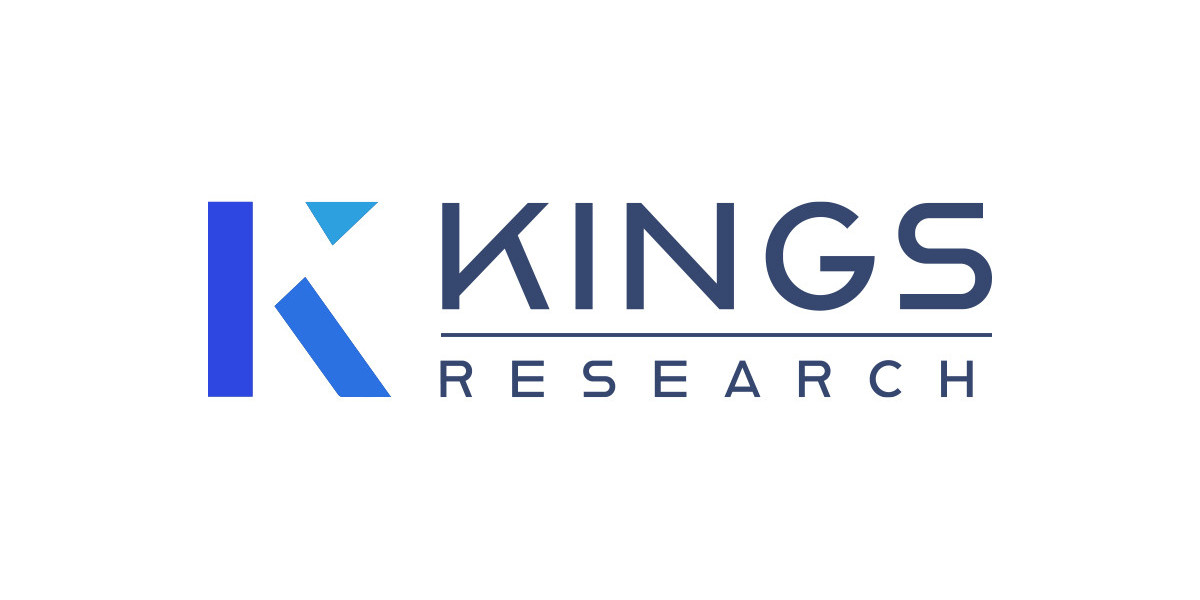Current State of Global Cancer Burden
The international cancer landscape presents a complex picture of disease distribution, with certain malignancies demonstrating consistent prevalence patterns across diverse populations. Recent oncological studies reveal that cancer incidence has increased by approximately 33% over the past decade, driven by population growth, increased life expectancy, and evolving risk factor exposures.
Healthcare systems worldwide are grappling with the dual challenge of managing existing cancer patients while implementing preventive measures to reduce future disease burden. The most common types of cancer require substantial healthcare resources, specialized treatment facilities, and trained medical personnel to ensure optimal patient outcomes.
Leading Cancer Categories by Prevalence
Respiratory System Malignancies
Lung cancer maintains its position as the most prevalent cancer globally, accounting for nearly 2.2 million new diagnoses annually. This malignancy affects both genders, though historical data shows higher rates among men due to occupational exposures and smoking patterns. The disease's aggressive nature and late-stage diagnosis contribute to its high mortality rate.
Environmental carcinogens, including asbestos, radon, and air pollution, significantly contribute to lung cancer development in non-smoking populations. Urban areas with high industrial activity show elevated incidence rates, highlighting the importance of environmental regulations and monitoring.
Breast Malignancies
Breast cancer represents the second most prevalent cancer worldwide and the leading cancer diagnosis among women. The disease affects approximately 2.3 million women annually, with incidence rates varying significantly between developed and developing nations. Early detection through mammography screening has substantially improved survival rates in countries with established screening programs.
Hormonal influences, including estrogen exposure duration, pregnancy history, and breastfeeding patterns, significantly impact breast cancer risk. Genetic factors, particularly BRCA1 and BRCA2 mutations, account for approximately 5-10% of all breast cancer cases.
Digestive System Cancers
Colorectal cancer ranks among the common cancer types with approximately 1.9 million new cases diagnosed annually. The disease shows strong correlations with dietary patterns, particularly high consumption of processed meats and low fiber intake. Sedentary lifestyles and obesity further increase colorectal cancer risk.
Screening programs utilizing colonoscopy and fecal immunochemical testing have demonstrated significant success in reducing both incidence and mortality rates. Countries with comprehensive screening programs report 30-40% reductions in colorectal cancer deaths.
Demographic and Geographic Variations
Population-Specific Patterns
Cancer prevalence demonstrates significant variations across different demographic groups. Age remains the strongest risk factor, with cancer incidence increasing exponentially after age 50. However, certain malignancies show distinct age preferences, with testicular cancer primarily affecting men aged 20-35 and pediatric cancers requiring specialized treatment approaches.
Gender disparities in cancer prevalence reflect both biological differences and differential risk factor exposures. While breast and cervical cancers predominantly affect women, prostate cancer exclusively affects men. Lung cancer historically showed male predominance but now demonstrates more balanced gender distribution in many countries.
Regional Disease Patterns
Geographic variations in cancer prevalence reflect environmental factors, infectious agent distribution, and healthcare system capabilities. The most common forms of cancer in developing countries often include infection-related malignancies such as cervical cancer (HPV-related) and liver cancer (hepatitis B-related).
Developed nations show higher prevalence of lifestyle-associated cancers, including lung, breast, and colorectal malignancies. These patterns reflect the epidemiological transition associated with economic development and changing lifestyle patterns.
Risk Factor Analysis and Prevention
Environmental and Lifestyle Factors
Cancer prevention research identifies numerous modifiable risk factors contributing to disease development. Tobacco use remains the leading preventable cause of cancer, responsible for approximately 22% of all cancer deaths globally. Smoking cessation programs have demonstrated remarkable effectiveness in reducing lung cancer incidence.
Dietary factors significantly influence cancer risk, with processed meat consumption linked to colorectal cancer and alcohol consumption associated with liver, breast, and head and neck cancers. Mediterranean dietary patterns, characterized by high fruit and vegetable consumption, show protective effects against multiple cancer types.
Infectious Agents and Cancer
Infectious agents contribute to approximately 15% of global cancer cases, with higher proportions in developing countries. Human papillomavirus (HPV) causes virtually all cervical cancers, while hepatitis B and C viruses are responsible for most liver cancers. Helicobacter pylori infection significantly increases stomach cancer risk.
Vaccination programs against HPV and hepatitis B have shown remarkable success in reducing cancer incidence. Countries with comprehensive HPV vaccination programs report significant reductions in cervical cancer rates among vaccinated populations.
Healthcare System Impact and Response
Treatment Infrastructure Requirements
The prevalence of most frequent cancers worldwide demands substantial healthcare infrastructure investments. Cancer treatment requires specialized facilities, advanced diagnostic equipment, and multidisciplinary care teams including oncologists, surgeons, radiologists, and supportive care specialists.
Developing countries face particular challenges in building adequate cancer care capacity while managing competing health priorities. The high cost of cancer treatment and limited healthcare budgets create significant barriers to comprehensive cancer care delivery.
Screening Program Implementation
Population-based screening programs represent cost-effective strategies for reducing cancer mortality. Mammography screening for breast cancer, cervical cytology for cervical cancer, and colonoscopy for colorectal cancer have demonstrated significant mortality reductions in countries with organized screening programs.
Successful screening program implementation requires careful consideration of population risk factors, healthcare infrastructure capacity, and cost-effectiveness analyses. Quality assurance and population coverage remain critical factors determining program success.
Future Trends and Projections
Emerging Patterns
Cancer prevalence patterns continue evolving with changing demographics and risk factor exposures. The aging global population will likely increase overall cancer burden, while lifestyle changes may alter specific cancer type prevalence. Climate change and environmental degradation may introduce new carcinogenic exposures requiring ongoing surveillance.
Advances in genetic testing and personalized medicine offer unprecedented opportunities for cancer prevention and early detection. Identification of high-risk individuals through genetic screening enables targeted prevention strategies and enhanced surveillance protocols.
Innovation in Prevention and Treatment
Emerging technologies, including artificial intelligence and machine learning, show promise for improving cancer detection and treatment selection. Liquid biopsies for early cancer detection and circulating tumor DNA monitoring represent significant advances in cancer management.
Immunotherapy and targeted therapies have revolutionized cancer treatment, offering new hope for patients with previously incurable malignancies. Continued research and development in these areas promise further improvements in cancer outcomes.
Conclusion
Cancer prevalence analysis reveals a complex landscape of disease distribution influenced by demographic, geographic, and lifestyle factors. Understanding these patterns is essential for developing effective prevention strategies, allocating healthcare resources, and improving patient outcomes. Continued surveillance, research, and public health initiatives remain fundamental to addressing the evolving cancer burden and reducing global disease impact through evidence-based interventions.
Latest Reports:-
Partial Seizure Market | Peanut Allergy Market | Pediatric Neurology Devices Market | Peptic Ulcers Market | Percutaneous Mechanical Circulatory Support Market | Peripherally Inserted Central Catheter Devices Market | Peritoneal Carcinomatosis Market | Perivascular Epithelioid Cell Tumor Market | Dysthymia/persistent Depressive Disorder Market | Plasmodium Vivax Malaria Market | Pneumothorax Treatment Devices Market | Point Of Care Glucose Testing Market | Poliomyelitis Market | Polycystic Ovary Syndrome Market | Polycythemia Market | Polymyalgia Rheumatica Market | Positive Air Pressure Device Market | Post-operative Nausea & Vomiting Market | Postoperative Nausea And Vomiting Market | Powered Surgical Instrument Market | Immunologic Deficiency Syndrome Market | Primary Immunodeficiency Disease Market








